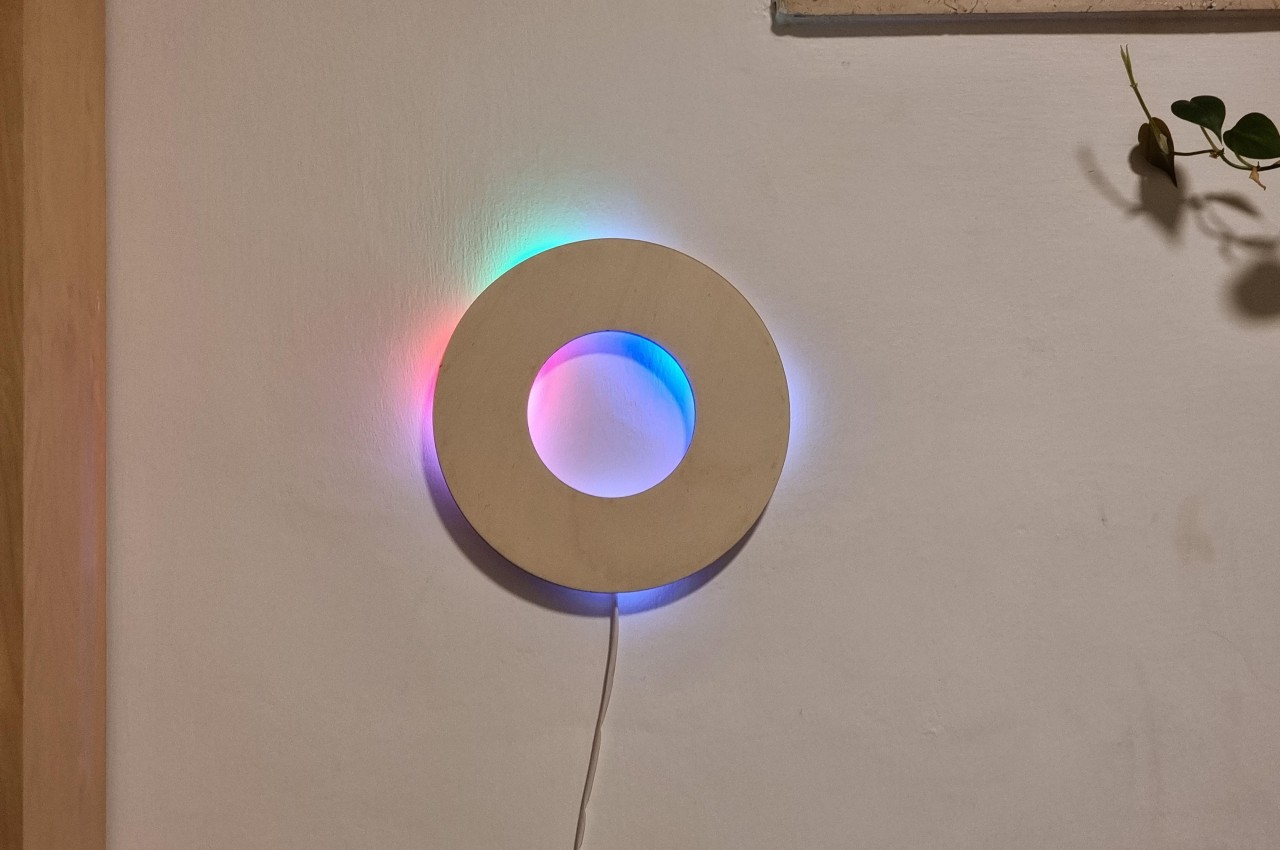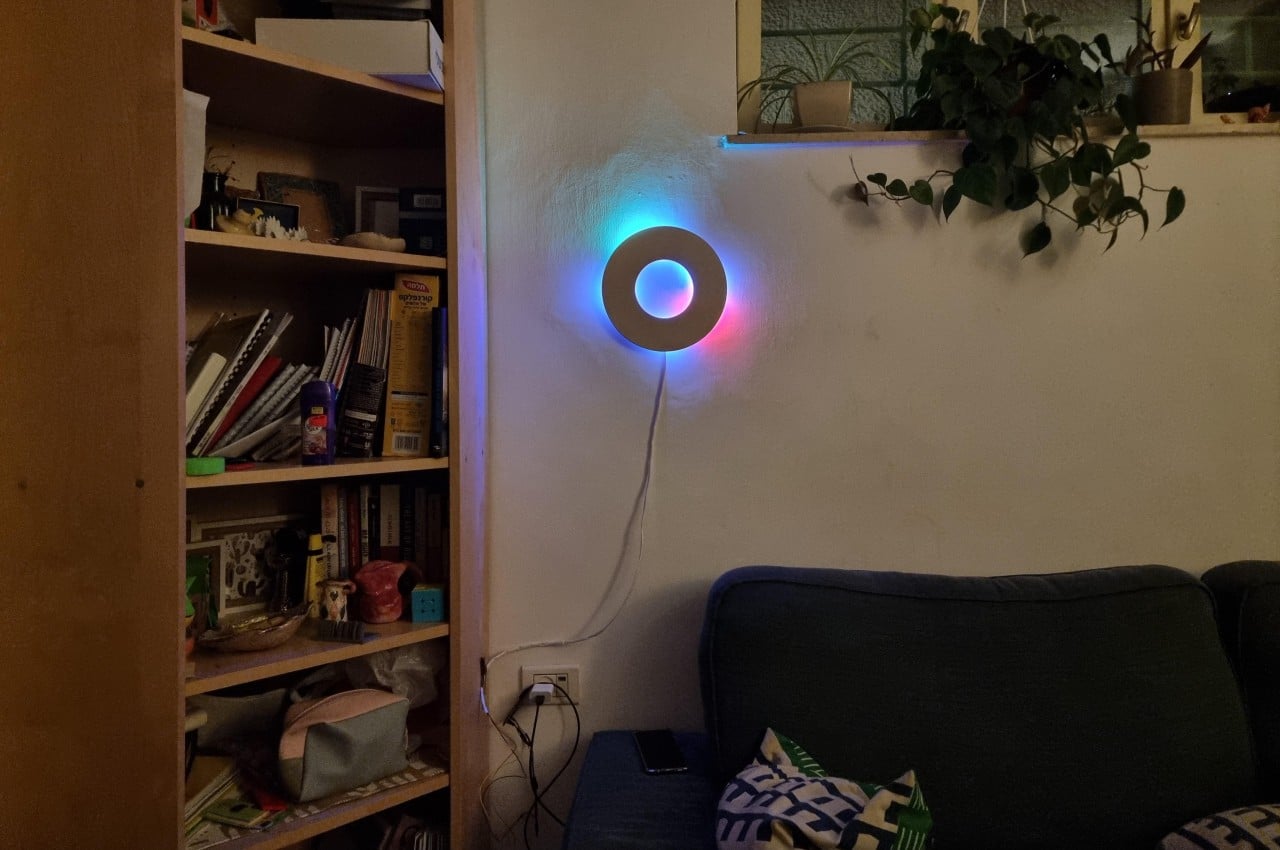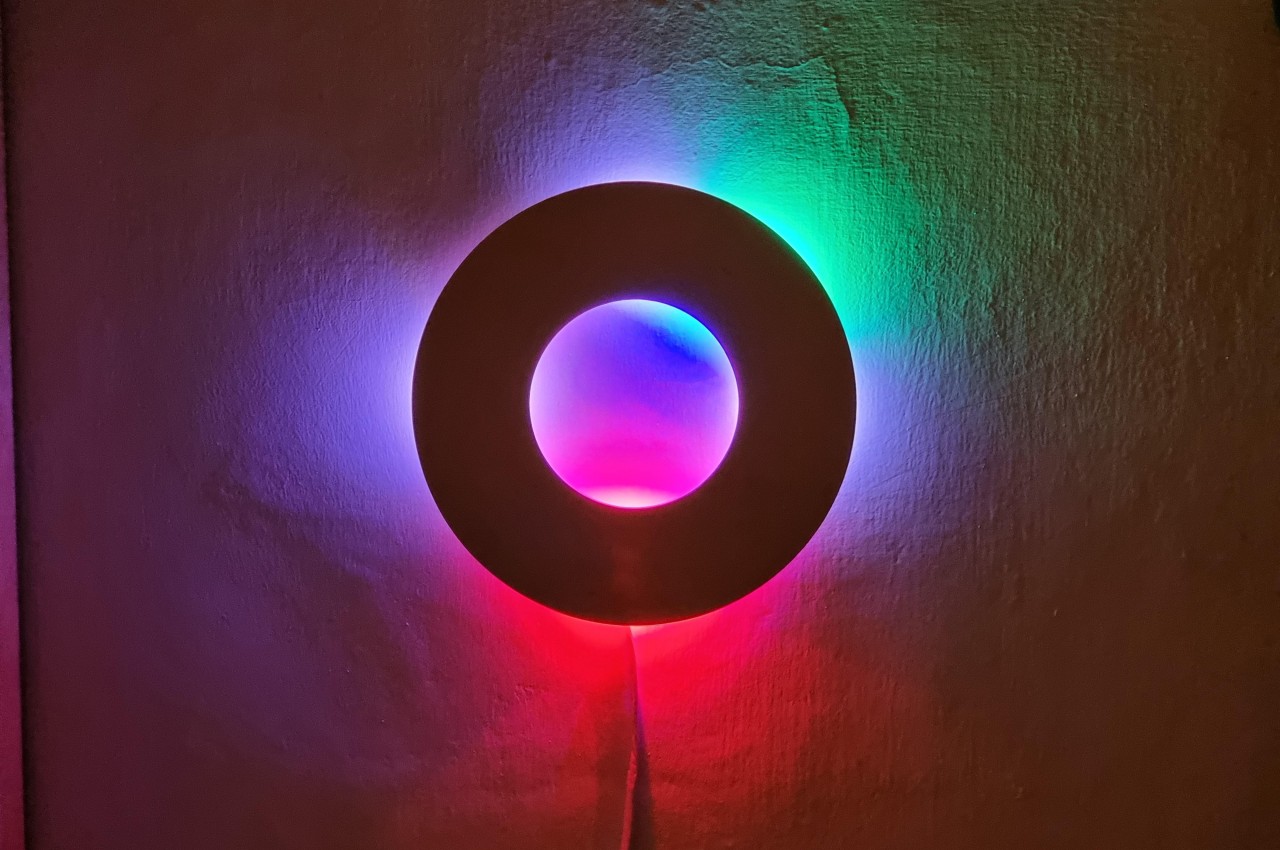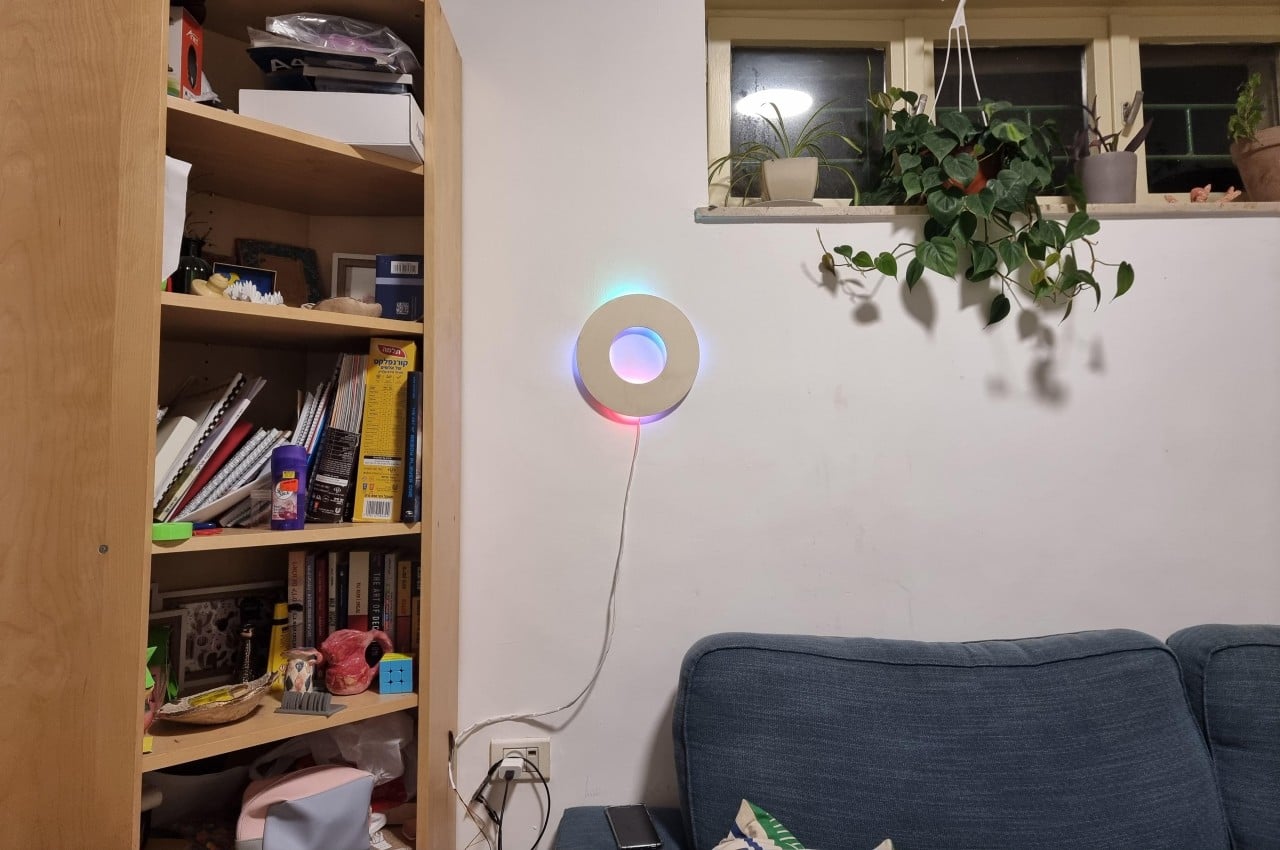Clocks, especially the ones we put up on walls, are no longer the single-function products of ages past. Many of them also serve as decorations, sometimes to the point that telling the time has become secondary and almost optional. That’s the case for some clocks that look stunning in terms of aesthetics but sometimes at the expense of easy readability of the time. Given how wall clocks are rarely used to accurately read the time down to the minute, however, that shouldn’t be a problem for most cases anyway. That, in turn, allows for a lot more freedom in how to represent time. This beautiful DIY project, for example, almost completely does away with the convention of distinct clock hands, instead using different hues of light to let you eyeball the time to some extent.
Designer: David Tweeto
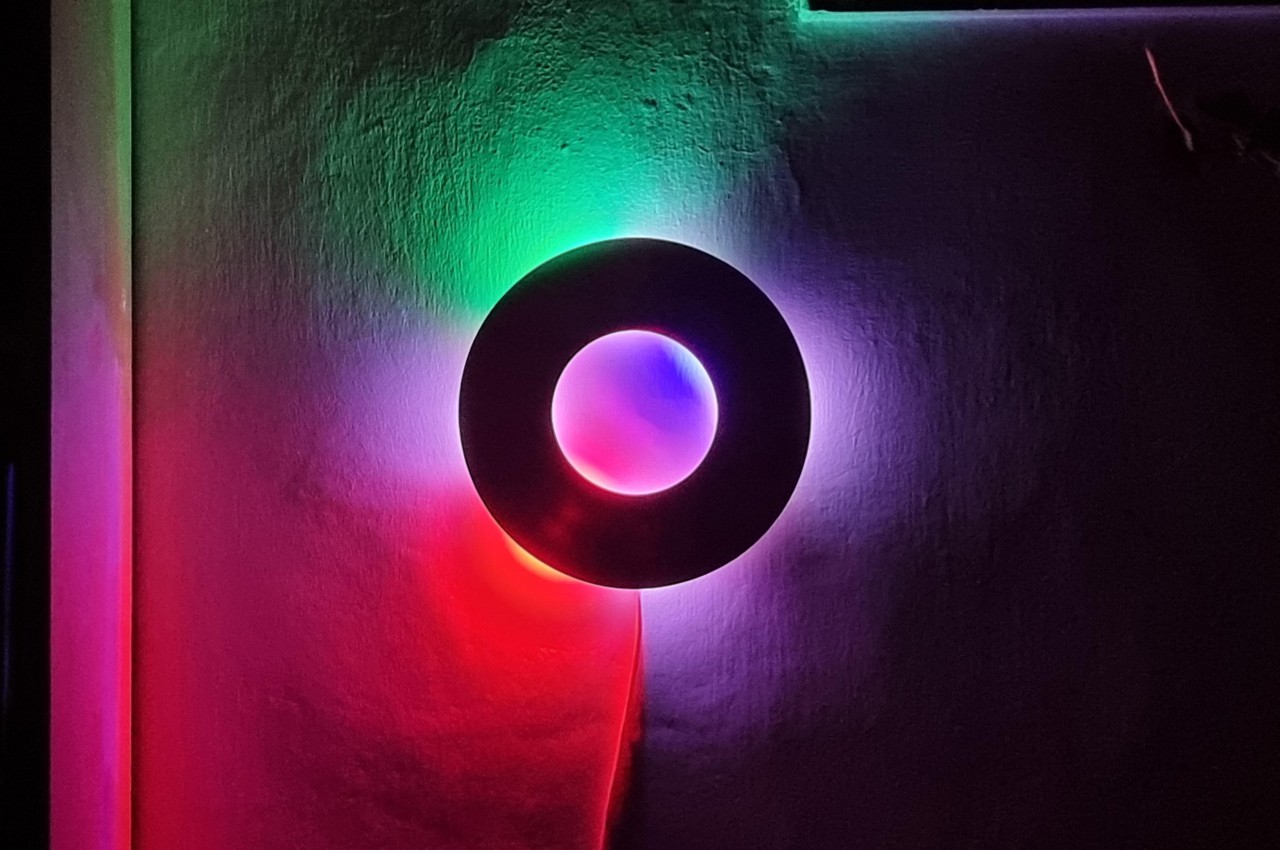
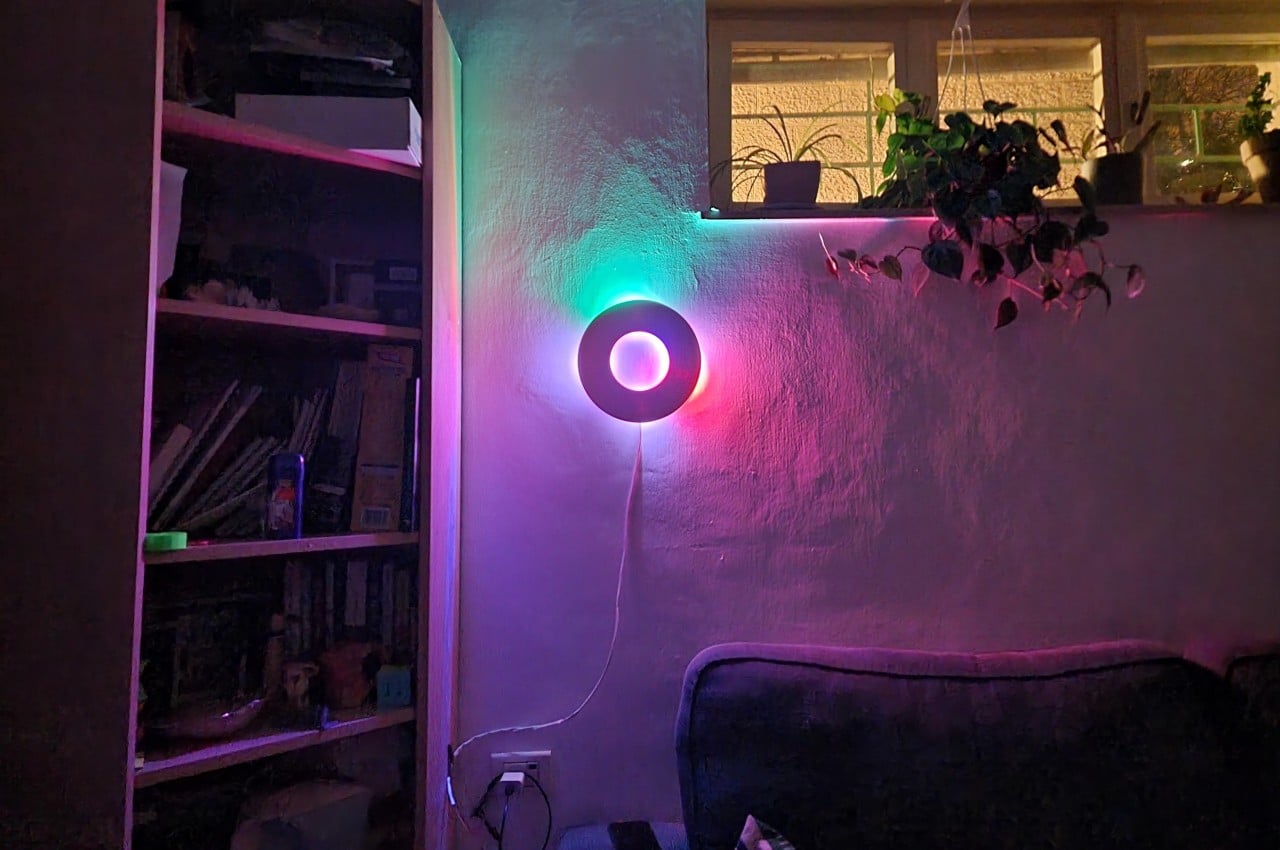
Like many DIY wall clock projects, this Decorative Analog Clock involves quite a number of small electronics, wiring, and a bit of 3D printing. As the name suggests, however, this clock bucks the trend of defaulting to a digital presentation and clings to the analog way of telling time, at least in theory. In reality, it is completely driven by software, and the three distinct light colors each tell a different aspect of the time, just like physical hands.
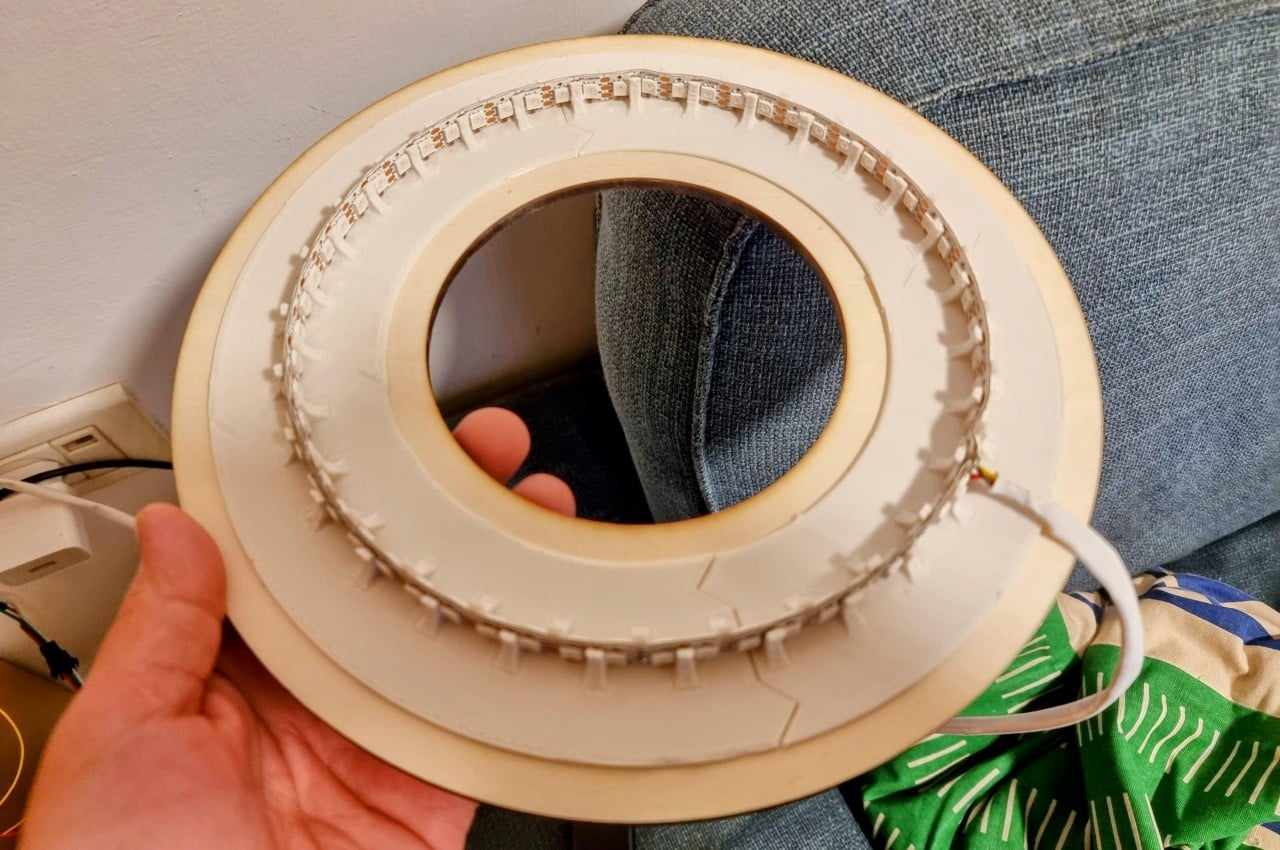
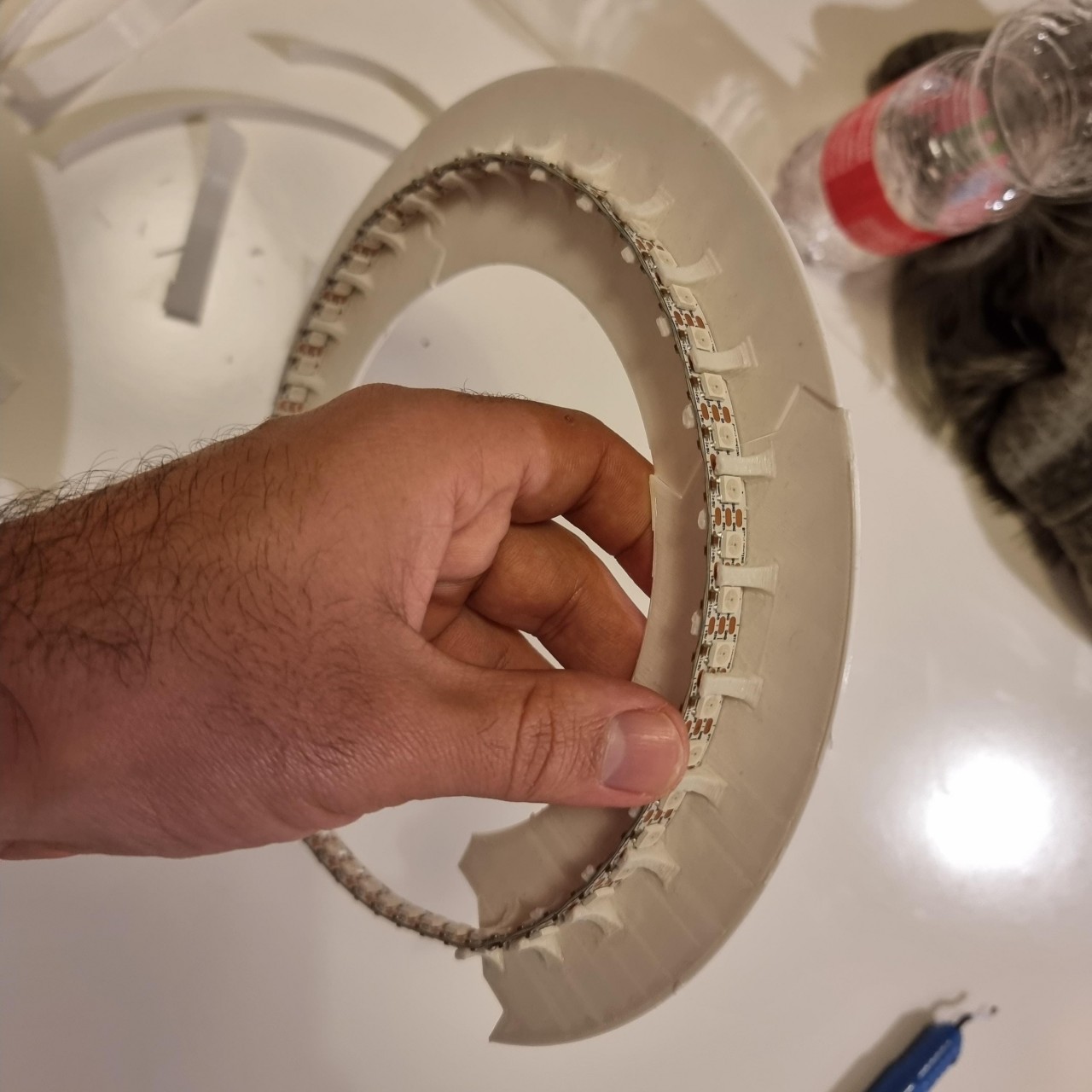
Instead of ticking gears, the Decorative Analog LED Strip IoT Clock uses a small microchip that syncs with NTP (Network Time Protocol) server to know the time. This also controls a strip of 120 LEDs that is folded to form 60 pairs of LEDs back to back, running the strip inside a wide wooden ring that serves as the “face” of the clock. Although it would have been easier to 3D print a plastic ring cover, wood had the advantage of not only looking more stylish but also preventing the light from bleeding through.
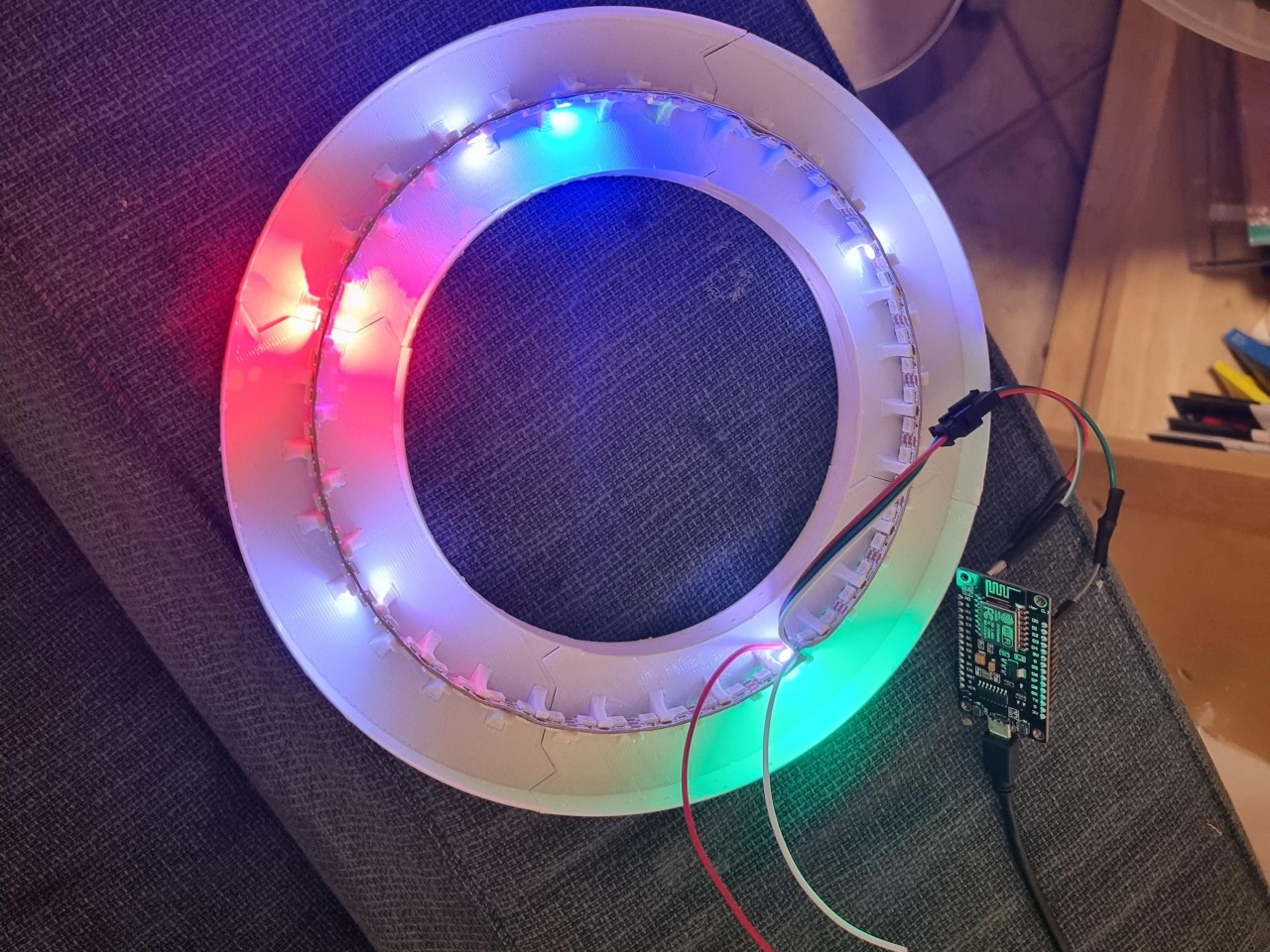
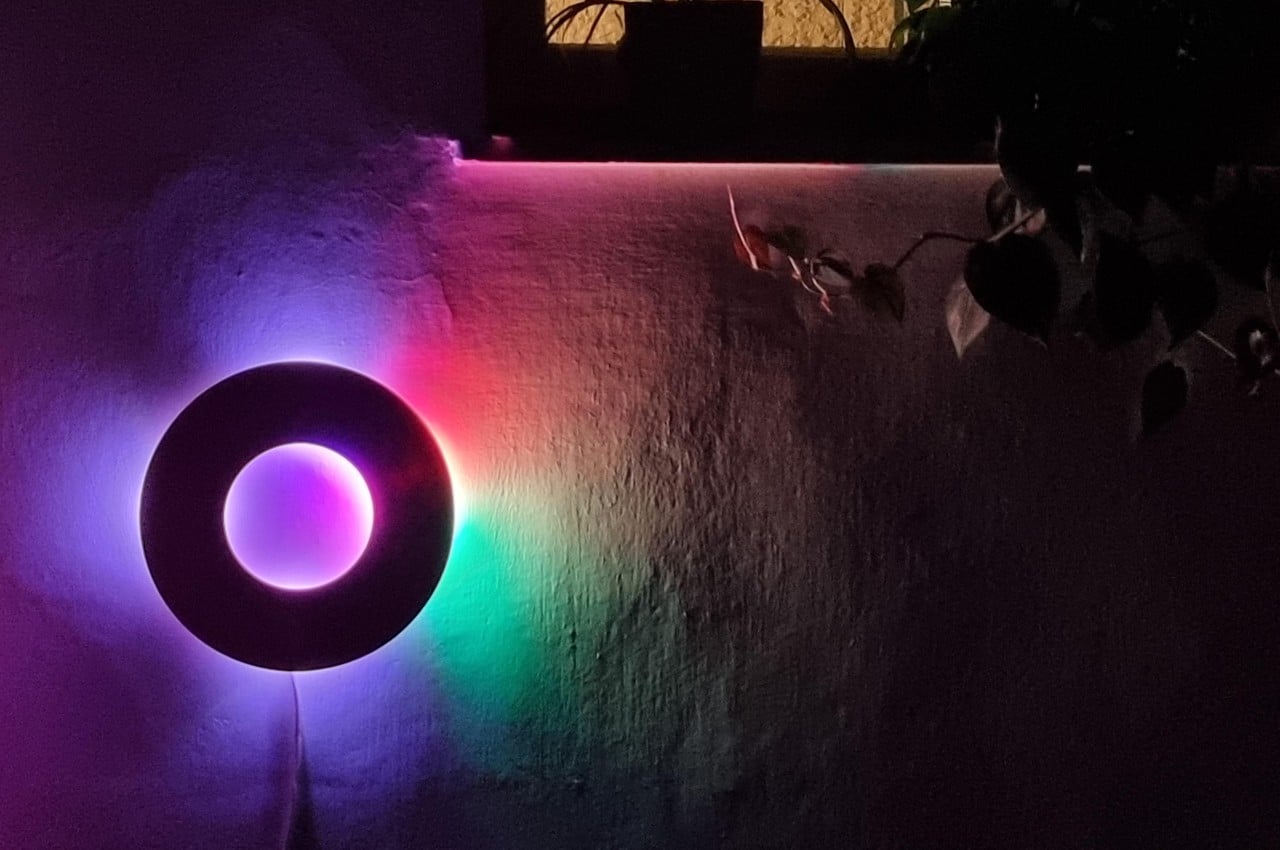
The light uses the three primary colors of light (not pigment) to indicate time. Red is used to tell the seconds, and it only shines outward from the rim. Green is for the minutes, and its short light is also on the outer periphery of the circle. Finally, blue stands for the hour, and it is the only one that shines inside the hole of the ring.
In practice, this light analog clock isn’t exactly good at giving you the exact time since the lights can occupy more than just a single “tick” in the clock. It can still give you a general idea, though, which is what analog wall clocks are often used for anyway. As mentioned, the actual clock feature becomes secondary with these decorative clocks, and this DIY project definitely fulfills the primary purpose with much success, especially when the lights are dimmed. It creates a beautiful splash of colors on your wall, serving as a piece of light art that some might not even associate with a clock, even with the red light moving around the circle every second.
